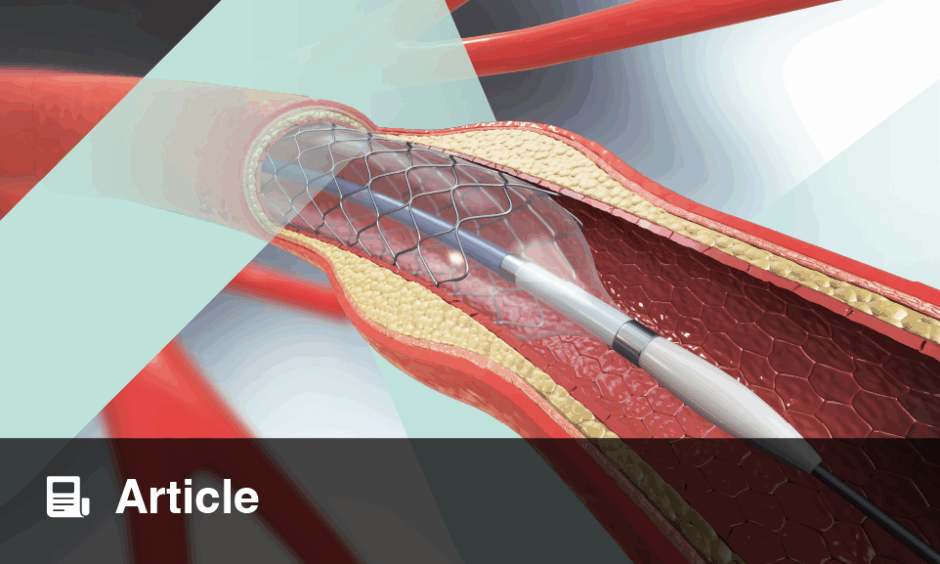Abstract
Restenosis prevention continues to be a challenge to the interventional cardiologist. The introduction of stents has virtually eliminated the problems of elastic recoil, late negative remodelling and scaffolds unpredictable dissections, leaving neointimal hyperplasia as the primary cause of restenosis. Drug-eluting stents (DES), using antiproliferative drugs added to stents, serve to prevent the development of neointima hyperplasia. However, they can be associated with an irregular endothelialisation, requiring prolonged double antiplatelet therapy to reduce the risk of late and very late stent thrombosis. Moreover, incomplete suppression of neointimal hyperplasia at the stent margins or between the struts may limit the efficacy of DES, especially when they are used “off-label” in complex clinical and anatomic settings.
Drug-eluting balloons (DEBs) may represent a therapeutic alternative for the interventional treatment of coronary disease. With the use of this technology, the short-term transfer of antiproliferative drugs to the arterial wall appears feasible, thus potentially reducing the untoward effects of the prolonged drug release associated with polymer-based stent technologies, and avoiding the risk associated with having a permanent metallic cage. In the last few years, research in this field has been increasing, and several trials have already been published or are planned to determine the place in therapy of these devices. The present article will review the available in vitro, animal and human evidence regarding these devices at present, and discuss the emerging role and their future perspectives.
Please view the full content in the pdf above.








